Posted by
He who seeks to regulate everything by law is more likely to arouse vices than to reform them. It is best to grant what cannot be abolished, even though it be in itself harmful.
– Early advocate of red-tape reduction, Benedict de Spinoza (1670)
Regulating for public value?
Regulators face some unique challenges in discharging their missions. Public value perspectives offer valuable insights into strategy and operations.
Directly or indirectly, regulators impact the lives of millions of Australians. This reach and resonance is a major motivation behind Cube’s regulatory practice: supporting regulators’ effectiveness and efficiency allows us the opportunity to make a tangible contribution to Australians’ quality of life.
We ask a lot from regulation in Australia: managing diverse risks to health, public amenity, the economy and environment. But more than that, efficient and effective regulation can be a source of competitive tension between Australian jurisdictions, and competitive advantage between Australia and the world.
Problems shared
Regulators face the same financial, operational and governance challenges with other public value organisations. But what common challenges confront regulators?
Regulatory intent, striking the right balance between proactive, reactive and strategic approaches, and trying to find new ways to address stubborn problems can be difficult within organisational remit and operational capability.
Regulatory functions such as licensing, certification or registration, designing and monitoring standards, or enforcing compliance with different obligations present their own opportunities and challenges
Regulatory boundaries and the risks to regulatory objectives that fall across organisational remits complicate successful outcomes
External drivers such as Ministerial statements of expectations, or responding intelligently to risk-based regulation or red-tape reduction agendas
Disruptive changes to regulators’ task environments from new technologies, players and emerging industries: think e-cigarettes, Uber, or poppy cultivation on mainland Australia.
Public value
So what insights do public value perspectives provide to executives and managers of regulators?
Mark Moore has aptly described how enterprising public sector executives secure the resources they need to operate, not by selling products and services to customers, but by selling a story of public value creation to elected representatives. Listening to Moore, the people that have to be sold on the value of what is being produced aren’t so much ‘across the counter’ (the same counter across which obligations are dished out) but up-stream.
So a really great public value proposition (read: concise, articulate and illuminative) should be a powerful tool for telling the ‘good story’ about what a regulator does, and how the value justifies the costs.
My colleague Ben Schramm has posted a model for identifying public values and introduced a strategic framework for defining public value outcomes (or purpose), analysing the environment (aspect), selecting and shaping products and services that create public value (channels) and designing modern, agile and high-performing public and not-for-profit organisations (engine).
Room to move
Regulators’ authorising environments are busy places, and players’ interests are often in conflict. Some call for red-tape reduction, others a less permissive approach. Some call for risk-based approaches, others are reluctant to depart from the language of zero-risk. Some want to see innovation, others a focus on the so-called basics.
A great public value proposition should afford ambitious executives with space for entrepreneurialism and innovation. This is especially true where regulators seek new means to address intractable problems in an environment where they are encouraged to ‘get out of policy and innovation’ and focus on the bread-and-butter business of inspections.
Mind the gap
If a public value proposition is useful managing up the line, it’s also useful for staff on that front counter. Operational staff cope with unresolved conflicts or poorly-articulated public value outcomes in a number of ways: selectively focusing on single issues at the expense of others, acting outside the organisation’s regulatory intent, and inconsistencies within teams when dealing with the public on the same issues. The impact of these conflicts is that regulation as implemented doesn’t reflect regulatory intent.
Public value perspectives offer a useful way to align a regulator’s investment logic and value chain to regulatory intent:
What are the inputs, outputs and intended outcomes?
How efficiently are outputs being produced, and what are the assumptions that link outputs to outcomes?
How is a licensing regime or compliance function contributing to the public value proposition, and is effort being wasted where it’s not?
What operational capabilities (especially those outside the organisation) are needed to deliver on a value proposition?
We’ll spend more time on authorising environments and operational capabilities, and how to meet the challenge of linking abstract values and goals to concrete objectives in another blog – until then, if these perspectives resonate with you, get in touch and let us know.







